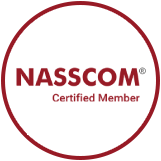In the startup universe, there’s a mantra every visionary must live by: Launch fast, learn faster. It’s the heartbeat of innovation, the rhythm that separates dreamers from doers. And at the center of this mantra lies the Minimum Viable Product, the MVP.
But what exactly is an MVP? More importantly, why does launching quickly and learning rapidly matter so much? And how do you, as a visionary, turn that idea into a product that not only launches but evolves, thrives, and conquers? This post isn’t your typical “build MVP” checklist. It’s a deep dive into the mindset, strategy, and action steps that will help you build the kind of MVP that propels your vision forward, fast, focused, and fiercely adaptive.
Why MVP Isn’t Just a Buzzword, It’s Your Startup’s Lifeline
Imagine you have a brilliant idea that could change the game, maybe a new app, a SaaS tool, or a tech innovation. Your gut says it’s a winner. But here’s the kicker: no matter how brilliant, an idea is just that, an idea, until it meets the market.
Launching a full-fledged product with every bell and whistle might feel tempting. After all, perfection seems like a safe bet, right? Wrong.
In the real world, time and resources are precious. Building the “perfect” product before hearing from real users is like writing a novel without ever testing if anyone cares about the story. That’s why MVP development is critical; it allows you to engage real users quickly with a lean version of your product.
An MVP is the antidote to that risk. It’s the leanest, simplest version of your product that solves the core problem and gets you real user feedback. Think of it as your first handshake with your market, a chance to say, “Here’s what I have. What do you think?” This is where minimum viable product services come into play, helping you focus on building just what matters most.
Not sure if you’re ready to build an MVP yet? Before jumping into development, many startups choose to validate technical feasibility with a Proof of Concept (PoC) first. Learn how Ariel Software Solutions helps founders bridge the gap between vision and execution with strategic PoC development: From Idea to Impact: Build a Winning Proof of Concept with Ariel Software Solutions
The Magic of “Launch Fast, Learn Faster”
Why launch fast? Because the faster you put something real in front of users, the faster you get answers. And those answers fuel your next move.
Imagine sprinting through a jungle without a map versus having a compass that updates after every step. Launch fast and learn faster is the compass. This approach is central to effective MVP development for startups that need to validate ideas rapidly and avoid costly missteps.
This approach keeps you from sinking months or years into features users don’t want or need. It turns uncertainty into clarity, saves precious time and money, and builds a foundation for iterative growth.
The Visionary’s MVP Playbook: A New Way to Think About Building
Let’s break down the steps, but with a twist. This isn’t a checklist; it’s a mindset shift, a playbook for those ready to sprint instead of stroll.
- Zero In on the Core Problem, Your MVP’s True North
At the heart of every successful MVP is a single, clearly defined problem that demands urgent attention. This isn’t the time for broad ambitions or vague assumptions. Your MVP must solve one problem, and it must matter enough that users are already looking for a solution. This clarity is what successful MVP development strategies revolve around.
The mistake many startups make is assuming they already know the problem. In reality, clarity comes from the outside in. Instead of sitting in brainstorming sessions, speak to your potential users. Watch how they work, ask thoughtful questions, and look for friction in their processes. What are they hacking together today just to get by? What frustrates them daily but seems too minor for most companies to solve?
By grounding your MVP in real, observed user pain, not assumptions or opinions, you ensure that what you build is relevant. That relevance is what creates traction in MVP development for startups aiming to build meaningful products quickly.
- Ruthless Prioritization: Less Is What Moves You Faster
Speed is a strategic advantage, and prioritization is how you protect it. The instinct to build more, more features, more use cases, more coverage, is natural, but it’s the biggest threat to MVP success.
Every additional feature comes at a cost: more complexity, more testing, more time. It’s easy to justify each addition, but what often gets overlooked is the loss of focus. An MVP isn’t about delivering a full experience; it’s about delivering a focused solution that immediately proves value. This focus is the hallmark of top-notch minimum viable product services.
To keep your scope lean, define a single user journey from problem to resolution. Strip away everything that doesn’t directly serve that path. It’s not about what would be nice to have, it’s about what is necessary to validate your product’s core premise. If a feature doesn’t serve that, it’s future roadmap material.
Users don’t reward complexity; they reward clarity and effectiveness. Give them that first.
- Build for Speed, Adaptability, and Strategic Growth
Choosing your technology stack is not just a technical decision, it’s a business one. Your goal is not only to build quickly but also to build in a way that allows you to learn and adapt just as fast. This is essential for MVP development to keep pace with evolving market demands.
The tools you choose should align with your team’s strengths and your MVP’s requirements. Lightweight frameworks like React or Vue.js, scalable backends like Firebase or Node.js, and even low-code platforms for certain use cases can drastically reduce your time-to-market. But beyond speed, your stack should give you room to pivot. Can you update quickly? Can you change direction without rebuilding from scratch?
However, technology is only part of the equation. Your development process needs to be agile in the truest sense. That means short build cycles, fast feedback, and a culture that values progress over perfection. An MVP that takes six months to build is no longer minimum; it’s just delayed. These principles are what separate great MVP development for startups from the rest.
- Launch Early to Start Learning
It’s tempting to hold back a product until it looks polished and feels complete, but that instinct works against you. The true value of an MVP lies in what it teaches you, not just what it delivers.
Launching early means getting your product in front of real users as soon as it’s usable. It doesn’t need to be impressive; it needs to be functional enough to test whether your core idea has legs. The early version of your MVP is not a pitch. It’s a tool for collecting information that will shape your product’s next version. This is where professional minimum viable product services shine, helping you get to market fast and smart.
Yes, it may feel uncomfortable to share something that feels incomplete. But every day you wait is a day you lose valuable user insight. And insight is what turns a product idea into a product that works.
- Listen Intentionally, Iterate Relentlessly
Post-launch, your most important job isn’t adding features. It’s listening carefully, objectively, and with discipline.
Set up the right feedback mechanisms early: user interviews, behavioral analytics, support tickets, surveys, and usage data. Don’t just collect information; analyze it. Look for patterns. Identify where users drop off, what features go unused, and where frustration appears.
Equally important is your response to that feedback. It’s easy to dismiss criticism that challenges your assumptions, but that’s often where the most important insights lie. The founders who build successful products are not the ones who guess right the first time; they’re the ones who learn the fastest from being wrong. Continuous learning is the core of effective MVP development for startups.
Iteration isn’t about reacting to everything. It’s about learning to distinguish between noise and signals, then acting decisively on what matters. A successful MVP is not a launchpad; it’s a learning engine.
The MVP Pitfalls Visionaries Must Dodge
Even the best intentions stumble if you fall into these traps:
- Feature Overload: Trying to build a full product, not a minimum viable one
- Ignoring Feedback: Falling in love with your idea instead of your users’ needs.
- Lack of Metrics: Flying blind without clear KPIs to measure success.
- Paralysis by Analysis: Waiting for perfection or endless planning before launch.
How Ariel Software Solutions Powers Your MVP Journey
At Ariel, we don’t just code products; we co-create visions. We partner with founders, product owners, and dreamers who want to get to market fast, but with purpose. Our expertise in MVP development and minimum viable product services ensures you stay bold, focused, and user-obsessed from day one.
Here’s how we help you stay bold, focused, and user-obsessed from day one:
- Discovery workshops that dig deeper than requirements:
We don’t just ask what you want to build; we explore why it matters. Our team works with you to uncover the heart of your idea, understand your users, and define what real success looks like, crucial steps in MVP development for startups.
- Agile development that delivers results, not just sprints:
Forget six-month timelines. We break ideas into lean, testable pieces and build iteratively, so you’re always seeing progress, and your users are always giving feedback that fuels the next step.
- Design that solves real problems beautifully:
A good MVP isn’t just functional; it resonates. Our UX/UI experts ensure your product not only works but also connects emotionally and makes people come back for more.
- Feedback loops that move the needle:
What you learn after launch is just as important as what you build. We set up systems to collect real-time insights so you’re not flying blind; you’re evolving with purpose.
To us, MVP isn’t just a phase; it’s a philosophy. A commitment to starting smart, staying lean, and building only what matters.
Your MVP Reality Check: Launch Fast, Learn Faster
Before you start building, pause and ask yourself:
- Are you solving a single, clear problem? MVPs that try to solve everything end up solving nothing. Focus on one pain point that truly matters to your user and obsess over doing that brilliantly. This is the essence of successful MVP development.
- Have you slashed your feature list without mercy? Every extra feature is a delay in learning. Cut to the essentials, the features that help users experience the core value right now.
- Is your tech stack built for speed, not prestige? You don’t need the fanciest architecture on day one, just tools that help you move fast, test quickly, and change easily. Use what serves the outcome, not what looks cool on a résumé.
- Can you launch something usable in under 6 weeks? If the answer is no, you’re not building an MVP; you’re building a delay. Speed is your best friend when trying to find product-market fit, especially in MVP development for startups.
- Do you have a feedback game plan from the start? Launching without a plan to listen is like shouting into the void. Make sure you’ve got channels open, surveys, analytics, and interviews, so you can gather real insights, fast.
- Are you mentally ready to pivot, iterate, and repeat? Building an MVP means letting go of ego. The version you launch won’t be perfect, and that’s the point. Be open to learning and brave enough to evolve.
Final Thoughts: The MVP Journey is Your Superpower

In the end, building an MVP isn’t just about shipping a product; it’s about embracing a mindset that turns uncertainty into opportunity. It’s about daring to put your vision out there, imperfect but powerful, and listening closely to what your users need.
The fastest way to build something truly great is to launch quickly, learn constantly, and evolve relentlessly. That’s the secret sauce behind every successful startup and visionary leader.
At Ariel Software Solutions, we’re not just developers or consultants; we’re your partners in this journey. Together, we’ll help you strip away the noise, focus on what matters, and create an MVP that’s more than a product; it’s a launching pad for your dream.
So if you’re ready to move beyond endless planning and step into action, let’s build something extraordinary. Because your vision deserves to be seen, tested, and loved faster than you ever thought possible.
Ready to launch fast and learn faster? Reach out today, and let’s bring your MVP development to life.
Frequently Asked Questions (FAQ)
1. What is a Minimum Viable Product (MVP)?
An MVP is the most basic version of a product that includes only the core features necessary to solve a problem or satisfy early adopters. It allows startups to launch quickly, gather user feedback, and iterate based on real-world data.
2. Why should startups build an MVP instead of a full product?
Building an MVP reduces time, cost, and risk. It helps validate assumptions, test market demand, and attract early users or investors without committing to full-scale development.
3. What’s the difference between an MVP and a Proof of Concept (PoC)?
- A PoC tests feasibility: “Can we build this?”
- An MVP tests usability and demand: “Will users use this?”
PoCs are often internal-facing and technical, while MVPs are user-facing and designed for live feedback.
4. How long does it take to develop an MVP?
Depending on the scope, complexity, and features involved, MVP development can take anywhere from 4 to 12 weeks. Ariel Software Solutions offers tailored MVP development packages to accelerate delivery without compromising on quality.
5. Can I scale from an MVP to a full product later?
Yes. MVPs are designed to be a starting point. When built right, they provide a strong foundation for scaling into a full-featured product. Ariel ensures your MVP is developed with scalability in mind, so you don’t need to start from scratch.
6. How does Ariel Software Solutions support MVP development?
We provide end-to-end MVP development services — from refining your product vision and user journeys to engineering, testing, and launch. We also assist with go-to-market strategy, demo creation for investors, and transition planning for post-MVP scaling.









